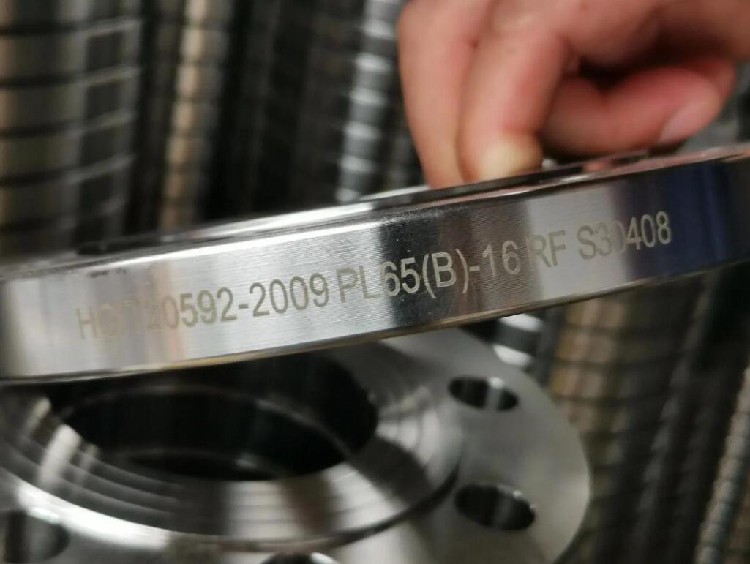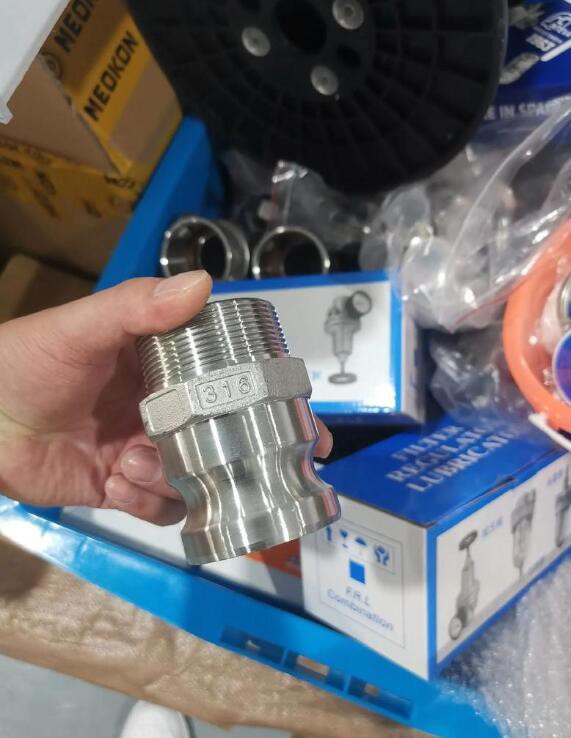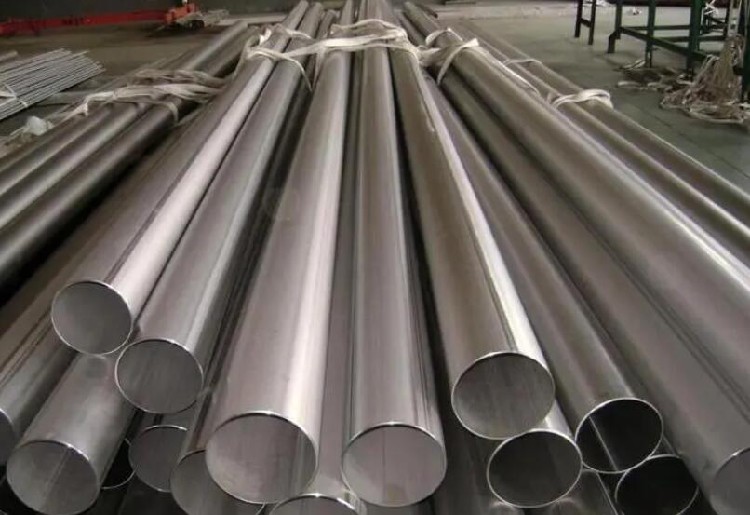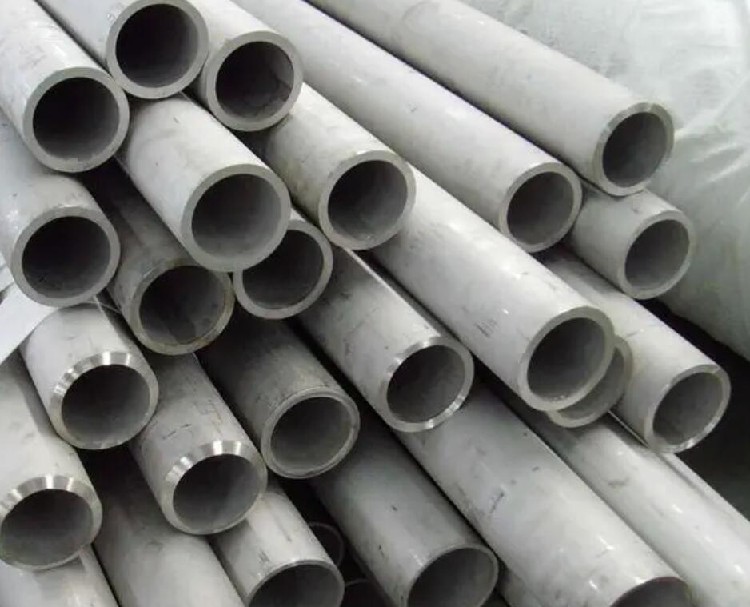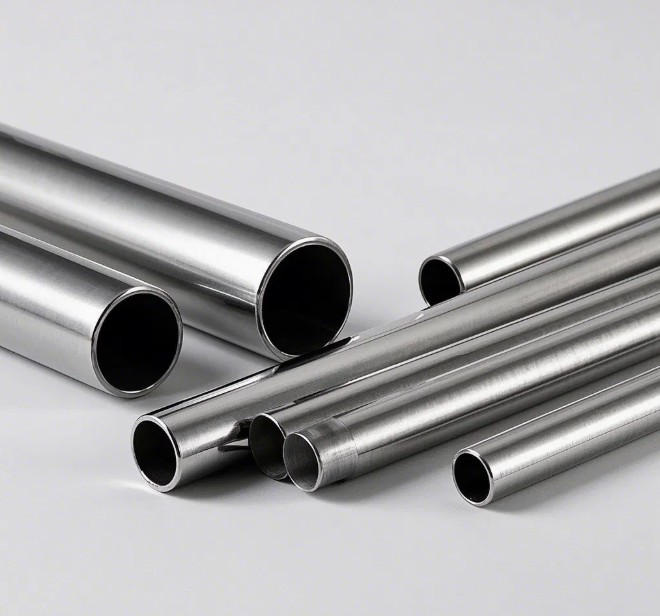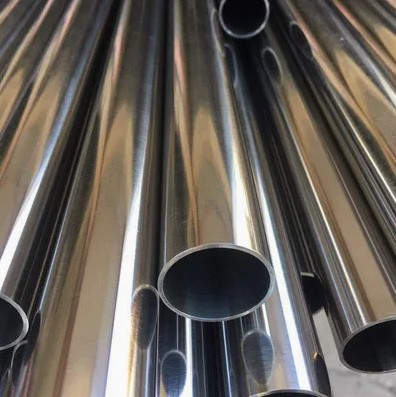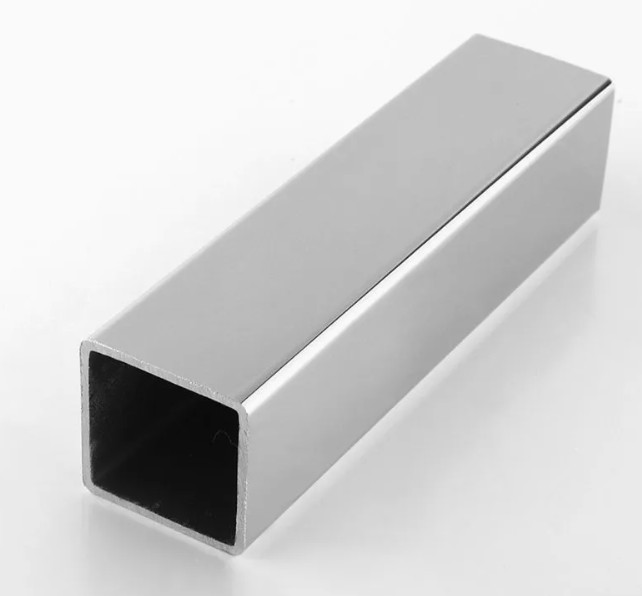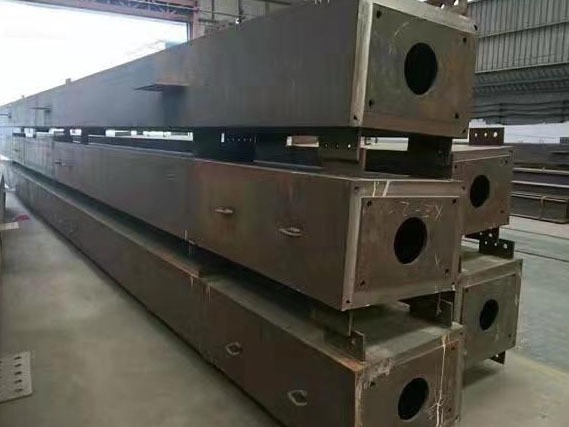food grade stainless steel 316
Product description
316 stainless steel is a grade of stainless steel produced according to the American ASTM standard. 316 is equivalent to my country's 0Cr17Ni12Mo2 stainless steel. Japan also quoted the American name and called it: SUS316. SUS316 stainless steel has good plasticity, toughness, cold deformation, and welding process performance. 316 has good high-temperature strength, 316L has slightly worse high-temperature performance, but better corrosion resistance than 316. Due to the low carbon content and 2%-3% molybdenum, it improves the corrosion resistance to reducing salts and various inorganic and organic acids, alkalis, and salts, and at the same time has high-temperature strength.
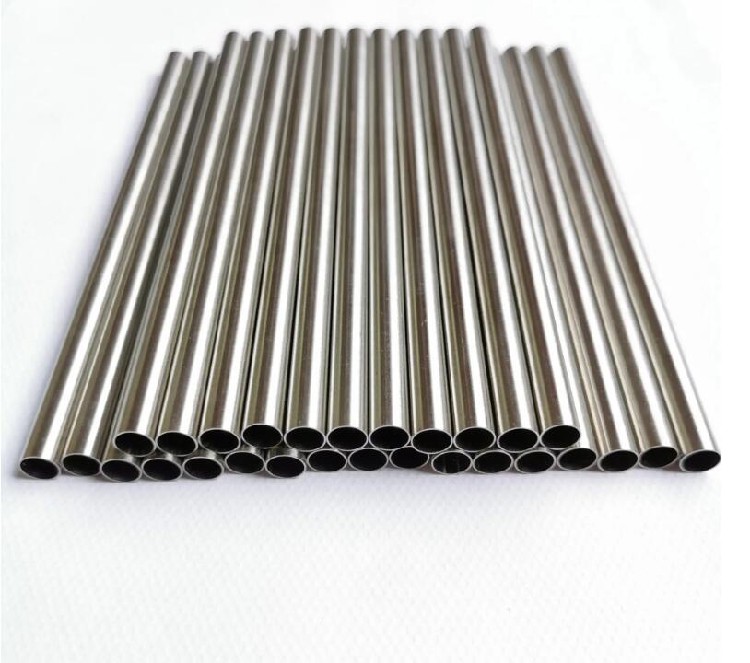
Implementation Standards
The chemical composition of food-grade 316 stainless steel should meet specific requirements, including the content range of chromium, nickel, silicon, phosphorus, sulfur and nitrogen. In terms of its mechanical properties, food-grade 316 stainless steel needs to have sufficient strength and toughness to withstand the pressure and impact during food processing. In terms of surface treatment and processing, the surface of food-grade 316 stainless steel should be clean, smooth, free of foreign matter, and meet food safety standards.
Product Features
(1) Cold-rolled products have good glossiness;
(2) Due to the addition of Mo (2~3%), corrosion resistance, especially pitting resistance, is excellent
(3) Excellent high temperature strength
(4) Excellent work hardening (weak magnetism after processing)
(5) Non-magnetic in solid solution state
(6) Good welding performance. All standard welding methods can be used for welding. When welding, 316Cb, 316L or 309Cb stainless steel filler rods or electrodes can be used for welding according to the application. In order to obtain the best corrosion resistance, the welded section of 316 stainless steel needs to be annealed after welding. If 316L stainless steel is used, post-weld annealing is not required.
Which is safer, 304 or 316 stainless steel
Both 304 and 316 stainless steel are food-grade stainless steels, and are used in the food industry in reality. However, 316 stainless steel is an upgraded version of 384 stainless steel in terms of performance, with better corrosion resistance and high temperature resistance because it contains the element molybdenum.
316 is also a grade of stainless steel, and its Chinese name is "18Cr12Ni2.5Mo". Since it is a grade, it is related to corrosion resistance.
Compared with 304 stainless steel, 316 stainless steel has stronger corrosion resistance. In other words, if the heavy metal precipitation of 316 stainless steel meets the standard, its standard is higher than that of food contact stainless steel required by the national standard.
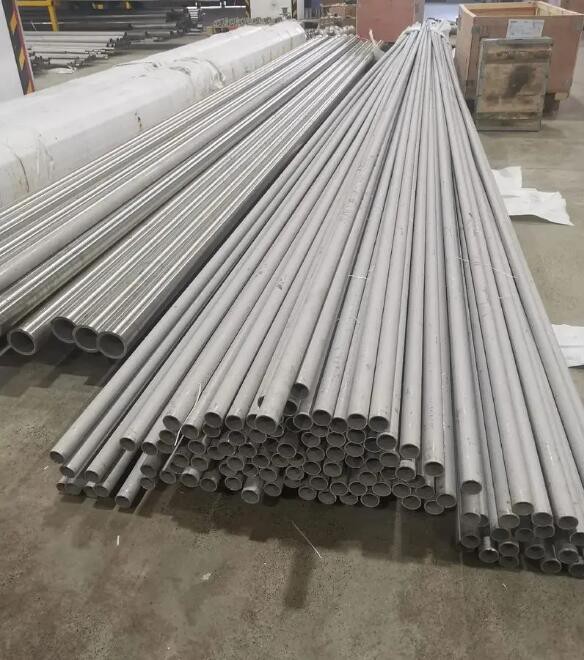
316 stainless steel is a high-quality stainless steel material that is suitable for many fields, including food processing and manufacturing. Here is some information about 316 stainless steel in food-grade applications:
1. Advantages of 316 stainless steel: 316 stainless steel is a stainless steel material with excellent corrosion resistance, high temperature, high pressure and tensile resistance, and also has good weldability and processing performance.
2. Food-grade stainless steel standards: In the application field of food processing and manufacturing, stainless steel materials need to meet food-grade standards, such as the standards of the American Industrial Manufacturing Association (AISI).
3. Application range: 316 stainless steel is widely used in food processing and manufacturing, such as making food troughs, food conveying pipes, food processing equipment, etc.
4. Cleaning and disinfection: When using food equipment made of 316 stainless steel, it is very important to clean and disinfect it regularly. Cleaning can remove any residual food or impurities, and disinfection can kill bacteria and viruses, thereby ensuring the hygiene of food processing equipment.
5. Precautions: It is necessary to pay attention to the thickness and surface quality of 316 stainless steel to ensure that it meets the standards and hygiene requirements. When using 316 stainless steel plates to make food equipment, factors such as performance and strength must also be considered.
Recommended products
